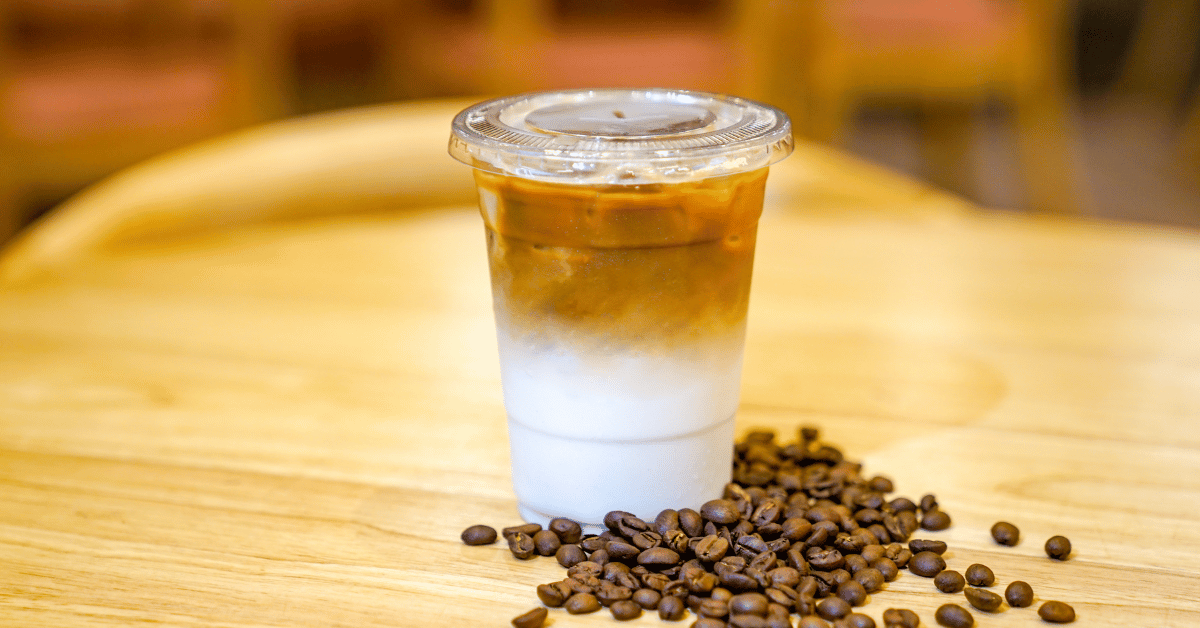You’ve got your eye on that green apron, haven’t you? Maybe you’re a coffee fanatic looking to turn your passion into a paycheck. Or perhaps you’re just hunting for a solid gig with room to grow.
Whatever your reasons, Starbucks is calling your name.
But here’s the thing – you’re not the only one hearing that siren song.
So, how do you stand out and get through the Starbucks interview process?
How do you navigate the Starbucks hiring maze and come out on top?
That’s exactly what we’re going to cover. By the time you finish reading this, you’ll have all the tools you need to ace that interview and start your Starbucks journey.
Let’s get into it.
- The Starbucks Hiring Timeline: What to Expect in the Interview Process
- Breaking Down the Interview Stages
- Common Starbucks Interview Questions: What They'll Ask and How to Answer
- Crafting Winning Answers: The STAR Method
- Showcasing Your Skills Without Bragging
- Turning Weaknesses into Strengths
- The Post-Interview Game: Following Up and Handling Feedback
- FAQs: Your Burning Questions Answered
- Conclusion: Your Starbucks Journey Begins Here

The Starbucks Hiring Timeline: What to Expect in the Interview Process
First things first – let’s talk about the timeline. You’re probably wondering how long this whole process is going to take. Is it a sprint or a marathon? Well, it’s more of a middle-distance run. Here’s the typical breakdown:
- Online Application: 1-2 days
- Application Review: 1-7 days
- Phone Screening: Scheduled within 1-3 days after review
- In-Person Interview: Usually within a week of phone screening
- Background Check: 3-5 business days
- Job Offer: Typically within 1-2 days after the successful background check
All in all, you’re looking at about 2-4 weeks from start to finish. But remember, this isn’t set in stone. Sometimes it moves faster, sometimes slower. It all depends on factors like location, position, and how desperately they need to fill those barista shoes.
For instance, when hiring for a new Starbucks store, store managers might expedite the process to quickly fill roles due to the upcoming store opening.
Now, what if things are moving slower than molasses in January?
Don’t panic. It’s fine to follow up after a week of radio silence.
A quick, polite email or call shows you’re still interested and might just light a fire under them.
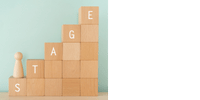
Breaking Down the Interview Stages
Alright, let’s zoom in on each stage of the interview process. Typically, the interview process involves multiple interview rounds, starting with a one-on-one interview with a hiring manager. Think of it like a video game – each level gets a little tougher, but with the right strategy, you’ll be racking up those points in no time.
Successful candidates often go through a second interview, which may involve a group or panel format. You could even become Starbucks partners and can also take advantage of educational benefits such as the Starbucks College Achievement Plan (SCAP), which provides tuition coverage and various supportive resources to aid in their educational journey.
Level 1: The Phone Screening
This is your first real hurdle.
It’s usually a quick 15-30 minute chat to make sure you’re not a total mismatch for the job. They’ll ask about your availability, your experience, and why you want to join the Starbucks family.
Here’s how to ace it:
- Find a quiet spot with good reception. No one wants to hear your neighbor’s dog barking in the background.
- Have your resume and the job description in front of you. It’s not cheating, it’s being prepared.
- Smile while you talk. I know it sounds cheesy, but it really does come through in your voice.

Level 2: The In-Person Interview
If you make it past the phone screen, congratulations! You’ve unlocked the next level. This is usually a one-on-one interview with a store manager and lasts about 30-45 minutes.
They’ll dig deeper into your experience and how you’d handle different situations.
Your power-ups for this level:
- Dress professionally, but comfortably. You want to look good, but you also want to look like you could start brewing lattes right away if needed.
- Bring extra copies of your resume. It shows you’re prepared and proactive.
- Come armed with questions about the role and the company. It shows you’ve done your homework and you’re genuinely interested.

Level 3: The Group Interview (Bonus Round)
Sometimes, Starbucks throws a curveball with group interviews. These usually involve 5-10 candidates and include both group activities and individual questions.
It’s like a party game, but the prize is a job. Successful candidates might be invited to a second round that could include a panel interview with multiple managers, highlighting the collaborative evaluation process used in hiring.
Your cheat codes for group interviews:
- Engage positively with other candidates. You’re not competing against them, you’re showing how well you work with others.
- Show leadership, but don’t be a bulldozer. It’s a fine line between taking initiative and being overbearing.
- Demonstrate your teamwork skills. Starbucks is all about creating a “third place” for customers, and that starts with a cohesive team.
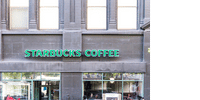
Common Starbucks Interview Questions: What They’ll Ask and How to Answer
Now, let’s talk about the questions you’re likely to face. Think of these as the boss battles of your Starbucks interview game. Master these, and you’ll be well on your way to victory. Keep in mind that the interview questions may vary depending on the specific role, such as a shift supervisor.
Customer Service Scenarios
“How would you handle an upset customer?”
This is your chance to show off your people skills. Talk about active listening, empathy, and problem-solving. Here’s a winning answer:
“First, I’d listen carefully to understand their concern. Then, I’d apologize sincerely and assure them we’ll make it right. I’d offer a solution, like remaking their drink or offering a refund. Finally, I’d follow up to ensure they’re satisfied. The goal is to turn a negative experience into a positive one.”
“Describe a time when you went above and beyond for a customer.”
This is where you get to brag a little. Use a specific example that showcases your initiative and customer-focused mindset. For instance:
“At my previous job at a bookstore, a customer was looking for a specific book for her son’s birthday. We were sold out, but I knew how important it was to her. I called our other locations, found the book, and had it transferred to our store. I even gift-wrapped it for her. She was thrilled, and it turned her into a loyal customer.”
“What would you do if a customer complained about their drink?”
Here’s where you can show your commitment to quality and customer satisfaction:
“I’d apologize for the inconvenience and offer to remake their drink immediately. I’d ask for specifics about what wasn’t right so I could ensure the new drink meets their expectations. If they’re still unsatisfied, I’d offer alternatives or consult with my supervisor to find a solution that keeps the customer happy.”
Team Collaboration Examples
“Tell me about a time you had to work closely with someone whose personality was different from yours.”
This question is all about showcasing your adaptability and interpersonal skills. Here’s a solid approach:
“In my last job, I was paired with a coworker who was very detail-oriented, while I tend to focus on the big picture. Initially, it was challenging, but I learned to appreciate her attention to detail. We found a balance where I’d outline our projects, and she’d fine-tune the details. Our different styles ended up complementing each other perfectly.”
“How do you handle conflicts with coworkers?”
Here’s your chance to show off your conflict-resolution skills:
“I believe in addressing conflicts directly but respectfully. I’d approach my coworker privately and use ‘I’ statements to express my concerns. For example, ‘I feel frustrated when…’ Then, I’d listen to their perspective and work together to find a solution. If we couldn’t resolve it ourselves, I’d involve a supervisor for mediation.”
“Describe a successful team project you were part of. What was your role?”
This is your opportunity to highlight both your individual contributions and your teamwork skills:
“In my last job at a cafe, we had to revamp our menu for the summer season. I took charge of creating new cold brew recipes. I collaborated with the pastry chef to ensure our new drinks paired well with the summer desserts. My cold brew creations became bestsellers, contributing to a 20% increase in summer beverage sales.”
Handling Pressure Situations
“How do you prioritize tasks during busy periods?”
This question is all about your organizational skills and ability to perform under pressure:
“I start by assessing which tasks are most urgent and important. I create a mental checklist, focusing on one task at a time while keeping an eye on ongoing processes. For example, if I’m making drinks, I might start a new batch of coffee brewing while finishing up current orders. I also communicate with my team to ensure we’re all working efficiently together.”
“Describe a time when you had to work under pressure. How did you handle it?”
Here’s where you can show off your grace under fire:
“During the holiday season at my previous retail job, we had a huge influx of customers and were short-staffed. I took a deep breath, focused on one customer at a time, and communicated clearly with my team. I also stepped up to handle multiple roles – ringing up customers, restocking shelves, and even helping with gift wrapping. By staying calm and flexible, we managed to keep customers happy despite the rush.”
“What would you do if you were understaffed during a rush?”
This question tests your problem-solving skills and ability to maintain quality service under pressure:
“First, I’d quickly assess the situation and prioritize the most critical tasks. I’d communicate clearly with my team to ensure everyone knows their role. If possible, I’d ask if anyone could stay longer or come in early. I’d focus on efficiency without compromising quality or customer service. If needed, I’d explain the situation to customers and thank them for their patience. The key is to stay calm and keep the team morale high despite the pressure.”
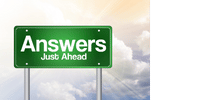
Crafting Winning Answers: The STAR Method
Now that we’ve covered the types of questions you might face, let’s talk about how to structure your answers for maximum impact. Enter the STAR method – your secret weapon for behavioral questions.
STAR stands for:
- Situation: Set the scene. What was the context?
- Task: What was your responsibility in that situation?
- Action: What steps did you take?
- Result: What was the outcome of your actions?
Learn more about the STAR method check out that dedicated page where you’ll find a deep dive as well as plenty of examples that I’m sure you’ll be able to put to good use.
Using this method helps you provide concrete, concise examples that showcase your skills and experiences. It’s like giving your interviewer a mini-movie of your professional awesomeness.
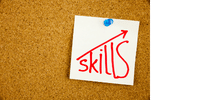
Showcasing Your Skills Without Bragging
Now, you might be thinking, “How do I talk about how great I am without sounding like a jerk?” Good question. It’s all about striking the right balance.
Here are some tips:
- Use “we” instead of “I” when discussing team accomplishments. It shows you’re a team player.
- Quantify your achievements when possible. Numbers speak louder than words.
- Let your actions speak louder than your words. Describe what you did, not how awesome you are for doing it.
For example, instead of saying “I’m the best barista ever,” you could say, “In my previous cafe job, I consistently received positive customer feedback and was named Employee of the Month twice.”
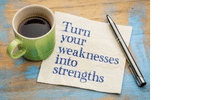
Turning Weaknesses into Strengths
Ah, the dreaded “What’s your greatest weakness?” question. Don’t panic. This is an opportunity to show self-awareness and a commitment to growth. Here’s how to tackle it:
1. Choose a weakness that’s not central to the job requirements.
2. Explain how you’re actively working to improve it.
3. If possible, show how it could potentially be a strength in certain contexts.
Check out this page about weaknesses for a deep dive into how to answer this question in the best possible way.
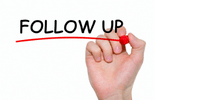
The Post-Interview Game: Following Up and Handling Feedback
Alright, you’ve made it through the interview. You’ve answered their questions, asked some of your own, and now you’re in the waiting game. But don’t just sit there twiddling your thumbs. Here’s what to do next:
- Send a thank-you email within 24 hours. Keep it short, sweet, and specific. Mention something you discussed in the interview to jog their memory.
- If you haven’t heard back in a week, it’s OK to follow up. A quick, polite email or call shows you’re still interested.
- If you get the job, great! If not, don’t be afraid to ask for feedback. It can help you improve for future interviews.
Remember, every interview is a learning experience. Even if you don’t get this job, you’re better prepared for the next one.
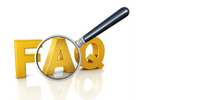
FAQs: Your Burning Questions Answered
Conclusion: Your Starbucks Journey Begins Here
Alright, future Starbucks superstar, you’ve got all the tools you need to ace that interview. Remember, Starbucks isn’t just looking for someone who can make a mean latte (though that helps).
They want people who are passionate about customer service, team players who can handle pressure, and individuals who align with their values.
So go in there with confidence. Show them your enthusiasm, your skills, and your potential. And hey, even if things don’t work out this time, you’re now armed with killer interview skills that’ll serve you well anywhere.
You’ve got this. Now go out there and get that green apron!

